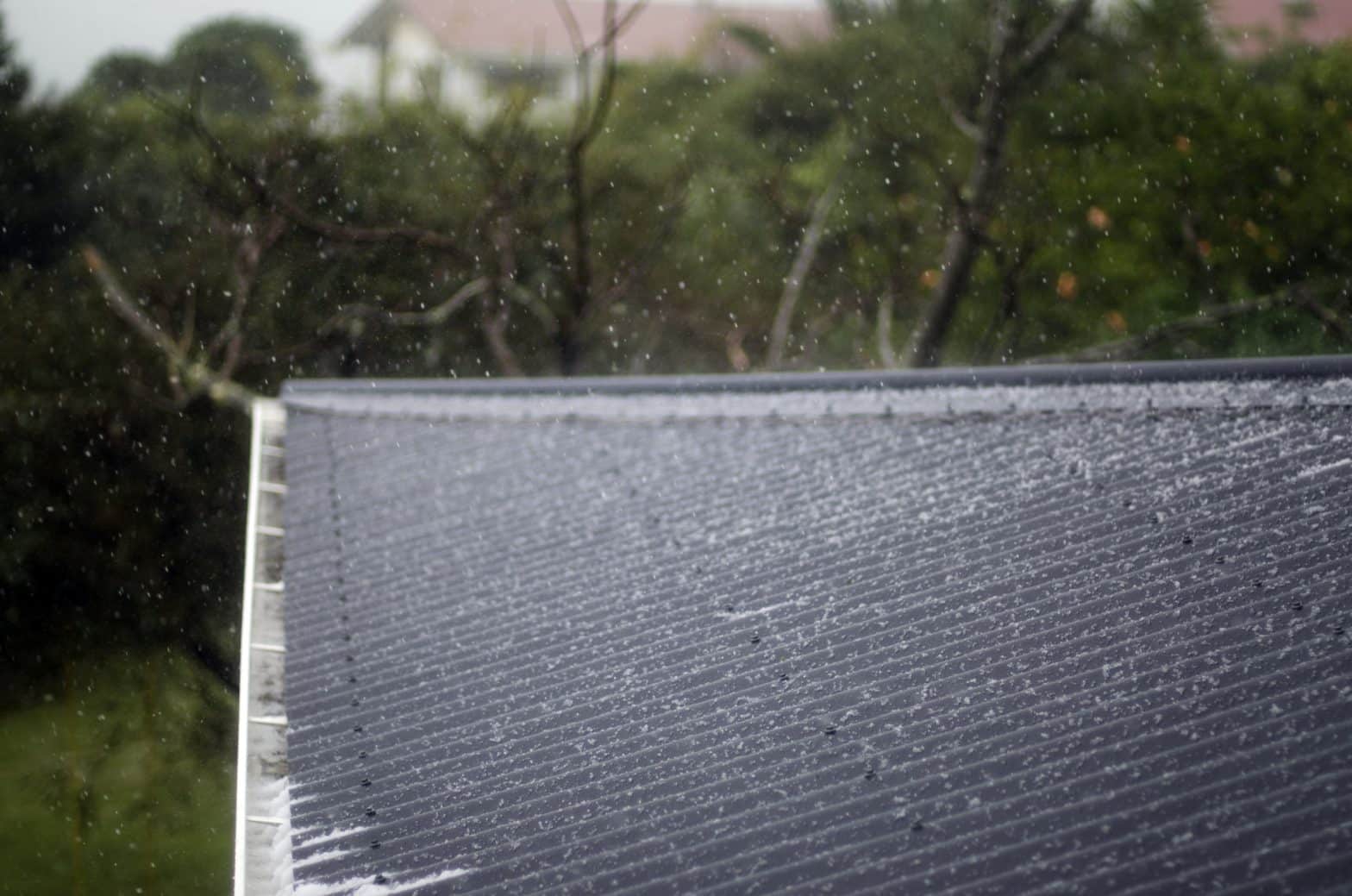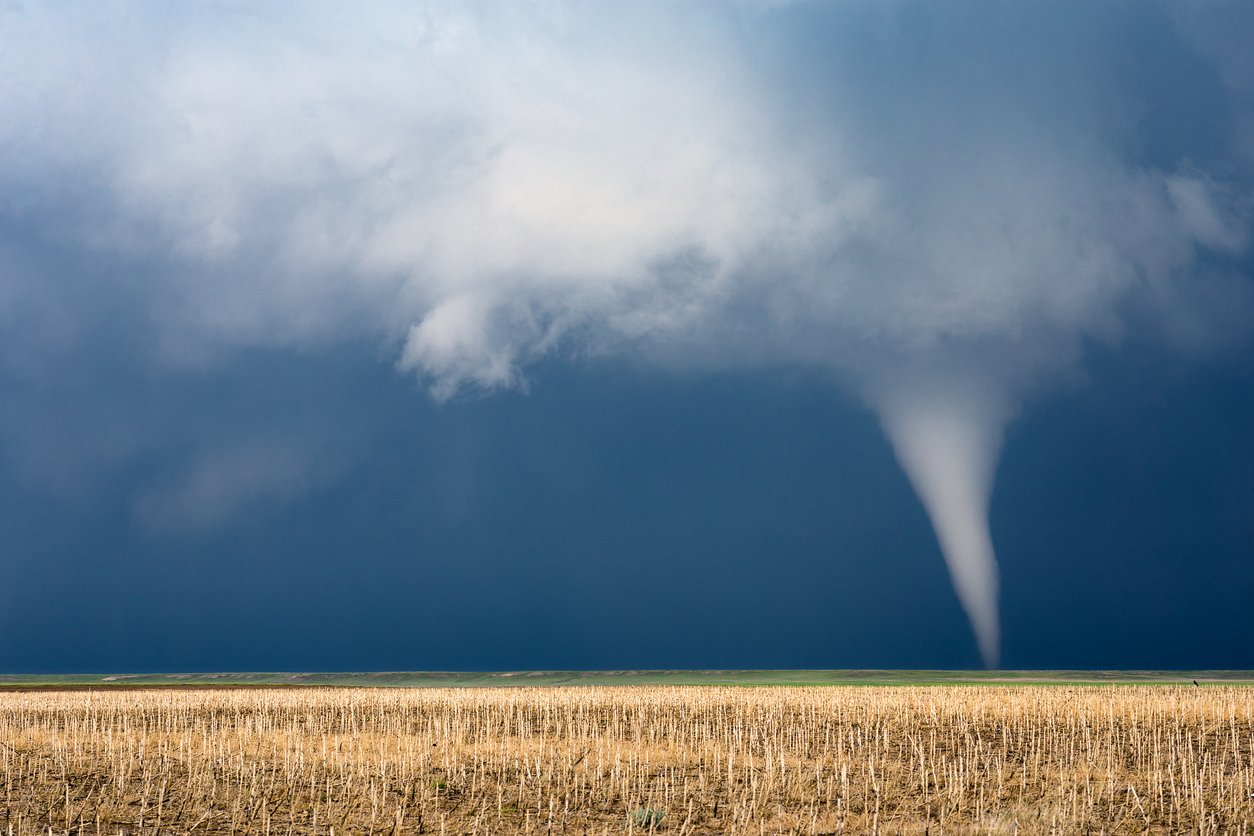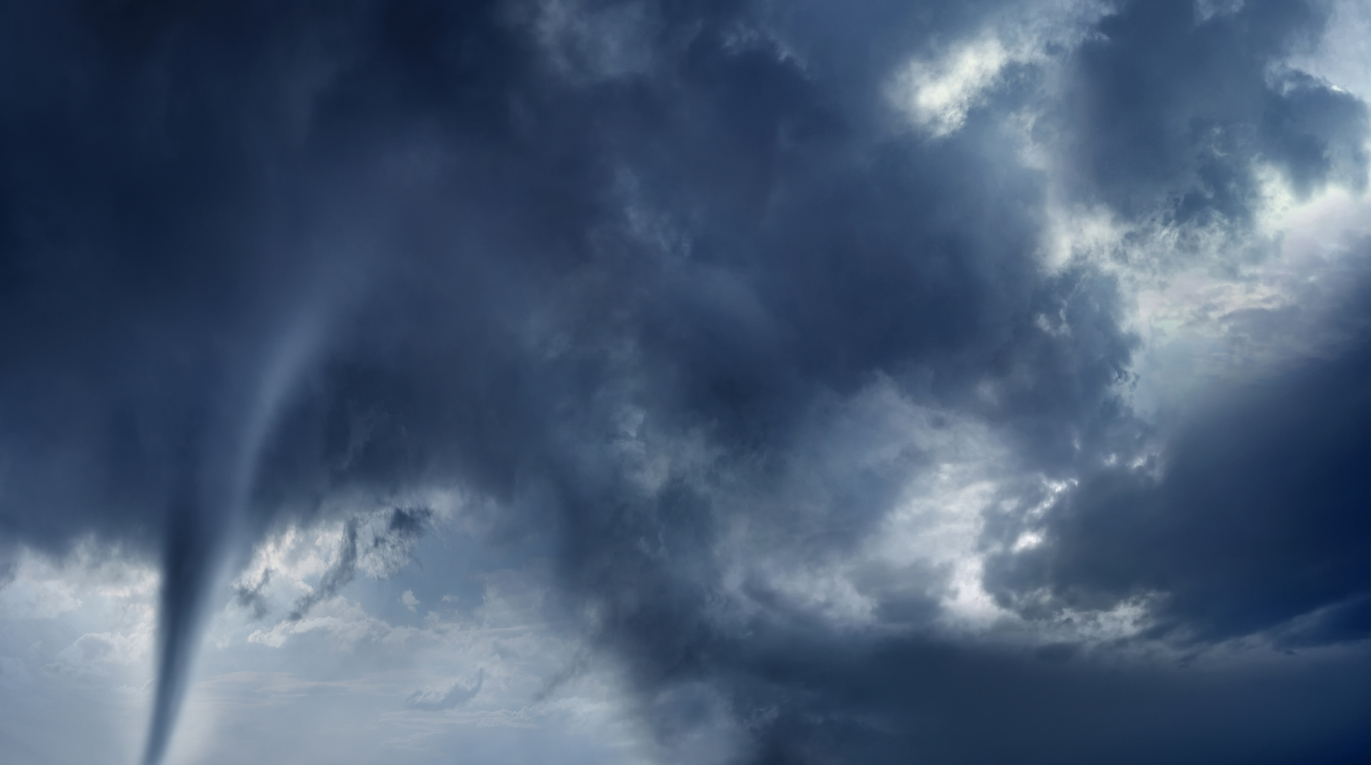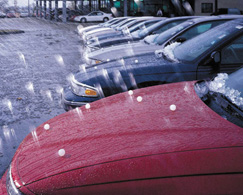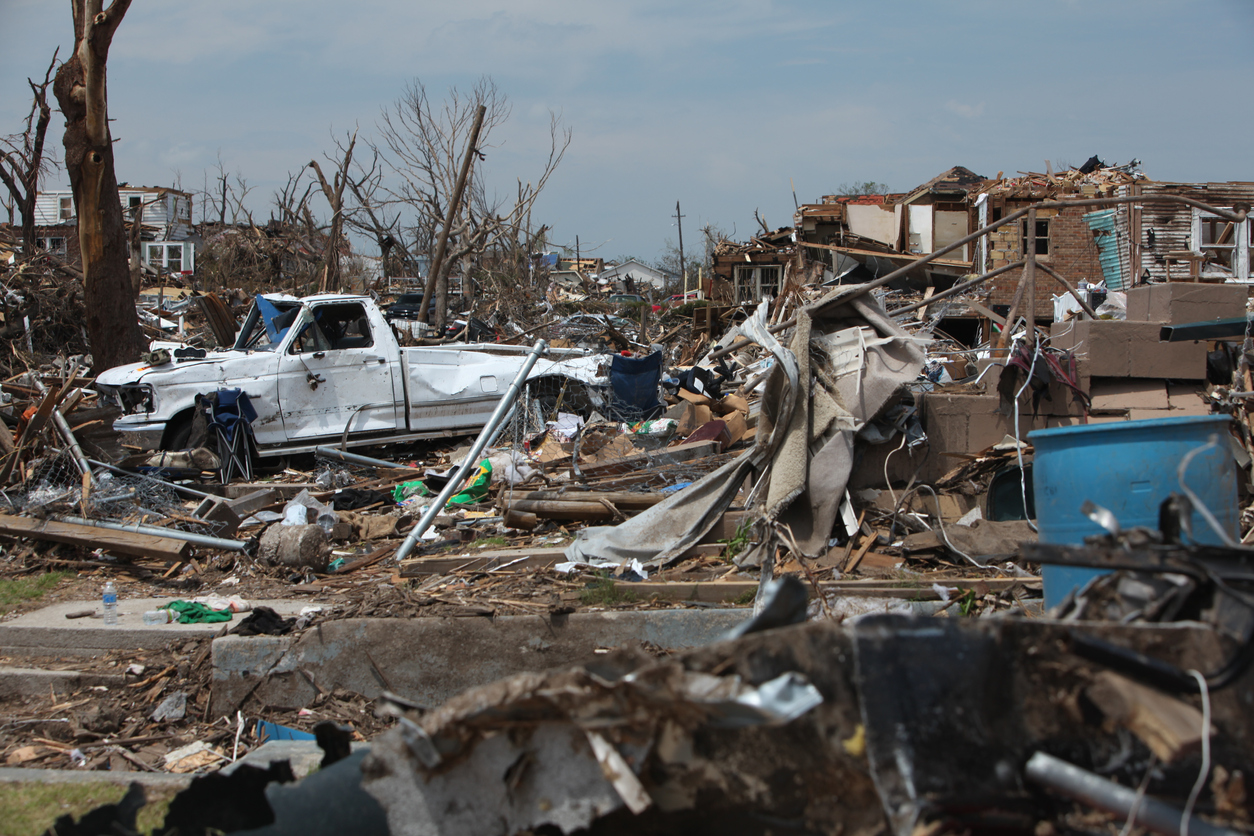Insurance costs are exploding for condo associations across the U.S., raising the cost of homeownership and making it harder for some owners to sell their units.
Tag: insured losses
Rising Insurance Premiums Contribute to the Cost of Homeownership
Property taxes and home-maintenance costs are climbing in much of the country. Non-mortgage costs including property taxes, maintenance, utilities and insurance make up more than half of homeowners’ overall costs, according to a 2022 analysis by Fannie Mae economists. Worst of all, home insurance premiums are soaring. Rates rose by more than 10% on average in 19 states in 2023 after a series of big payouts related to floods, storms, wildfires and other natural disasters across the U.S.
New Record of 142 Natural Catastrophes Accumulates to $108B in Insured Losses in 2023
A devastating earthquake in Turkey and Syria, severe convective storms (SCS) and large-scale urban floods were the main events driving insured natural catastrophe losses to $108 billion in 2023, reaffirming the 5–7% annual growth trend in global insured natural catastrophe losses since 1994.
CoreLogic Previews the Evolving Severe Convective Storm Risk Landscape in New Report
CoreLogic®, a leader in global property information, analytics and data-enabled solutions, released its 2024 Severe Convective Storm Report, detailing how severe thunderstorm risk is growing in the United States and highlighting the historic severe convective storm activity, also known as severe thunderstorm, seen in 2023. There were 141 days with large hail (two inch or greater) in 2023—the highest number of days in 20 years.
Nat Cat Insured Losses Reach $118 Billion, Protection Gap Widens in 2023
Global economic losses from natural catastrophes hit $380 billion in 2023, with insured losses coming in at $118 billion, according to a new report from Aon. The protection gap – the difference between insured and economic losses — reached 69% in 2023, up from 59% in 2022.
The Crisis Facing Buyers of Home and Auto Insurance
For many Americans, getting insurance for both their cars and homes has gone from a routine, generally manageable expense to a do-or-die ordeal that can strain household budgets.
A New Breed of Insurer Is Battling Climate Change
The need for new ways to insure against catastrophes arises from the increasingly extreme nature of our planet’s weather. As we put more infrastructure of every kind into harm’s way, that’s leading to bigger losses for insurers. In the 1980s, the U.S. suffered an extreme weather event that cost $1 billion every four months. Now, one is happening every three weeks, according to the U.S. National Climate Assessment, released in November.
Swiss Re Estimates Insured Losses from Severe Thunderstorms at $60B in 2023
Natural catastrophes will once again break several loss records in 2023.
A Punishing Year of Thunderstorms Has Led to Record-Breaking Losses
Thunderstorms this year have battered the U.S. as never before, forcing businesses and insurers to grapple with record-setting levels of damage more typically found with hurricanes.
Aon: Record $50B U.S. Severe Convective Storm Losses Drive Total Natural Catastrophe Toll in 2023
For the first time, insured losses from SCS in the U.S. surpassed $50 billion and accounted for 60% of global insured losses.




